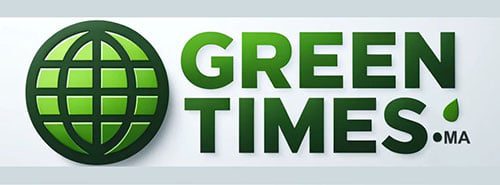The treatment and reuse of wastewater in Morocco is experiencing a marked acceleration. Thanks to an ambitious valorization strategy, the country is able to supply golf courses, maintain urban green spaces, and even support industrial units. However, this momentum hides a more nuanced reality: rural areas remain left out of these advancements.
Before the House of Councillors, Interior Minister Abdelouafi Laftit presented a detailed report on wastewater management in Morocco. Among the figures highlighted was this: 30 golf courses are currently irrigated using treated wastewater. This sustainable solution also benefits 16 urban municipalities for the irrigation of green spaces, as well as six industrial projects.
The total volume of treated and reused water reached 53 million cubic meters in 2024. This figure marks a turning point in the management of the country’s water resources, amid increasing pressure on drinking water.
Out of the 385 cities and urban centers included in the sanitation program, 223 are already connected to the networks, benefiting approximately 21 million citizens. Work is ongoing in 72 other locations, covering a population of 1.25 million inhabitants. By 2034, the program aims to incorporate an additional 90 centers.
While urban areas are making progress, rural communities remain largely neglected. Of the 1,207 rural centers identified, only 43 currently have a complete sanitation service, affecting barely 105,000 individuals. However, projects have begun in 170 other rural locations, with the goal of improving living conditions for an additional 442,000 residents.
The financial effort is commensurate with the stakes involved. By the end of 2024, cumulative investments in the sector will exceed 48.5 billion dirhams. Of this amount, 25.33 billion has already been mobilized, while 23.25 billion is in the implementation phase. The Liquid and Solid Waste Fund has contributed 17.67 billion dirhams, of which 11.67 billion has been effectively committed. Meanwhile, the Interior Ministry has injected 3.1 billion dirhams through the municipal share of VAT, of which 2.2 billion has already been utilized.
The future looks even more ambitious. The 2025-2034 program plans for an investment of 56 billion dirhams, distributed among 389 ongoing projects and 694 new projects to be launched. This programming aligns with the dynamics of advanced regionalization, as stated during the national symposium in December 2024.
Despite the progress made, the challenge remains immense: ensuring that rural areas are no longer the neglected aspect of sanitation and guaranteeing all Moroccans equitable access to essential services.


